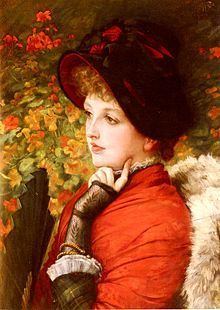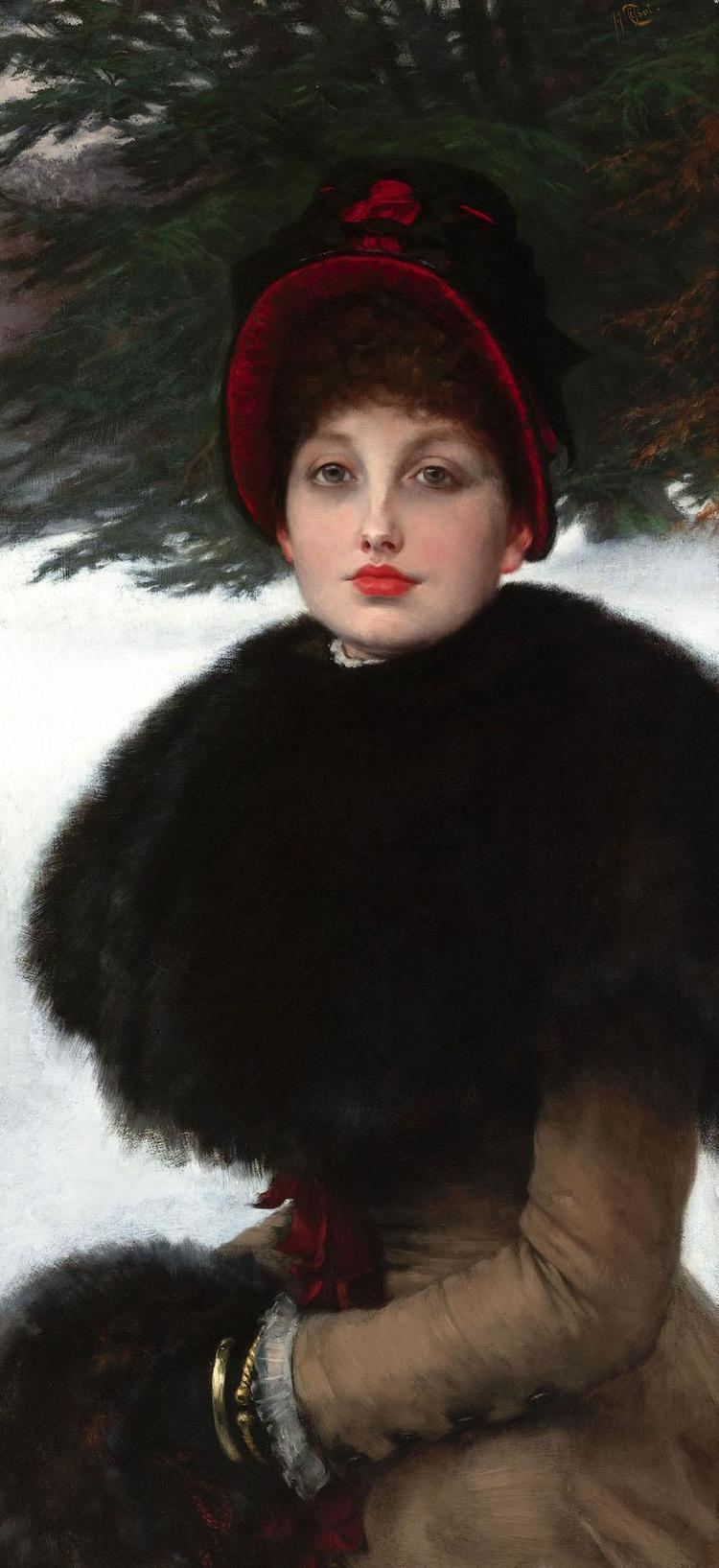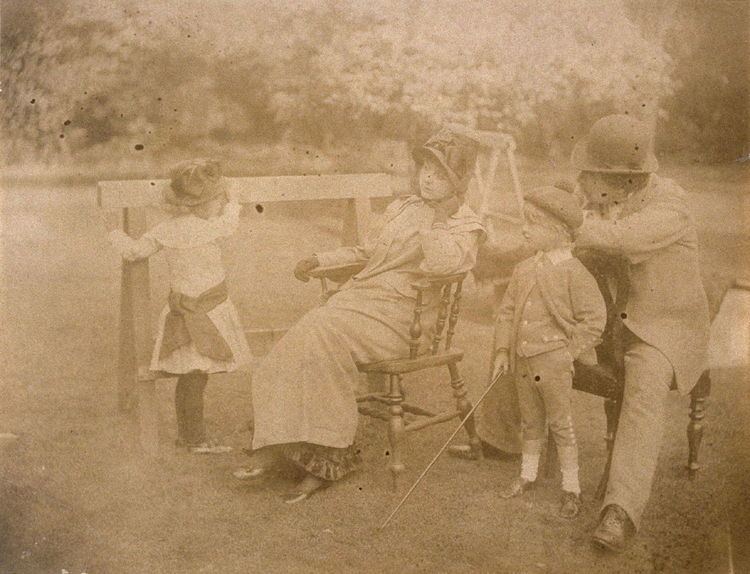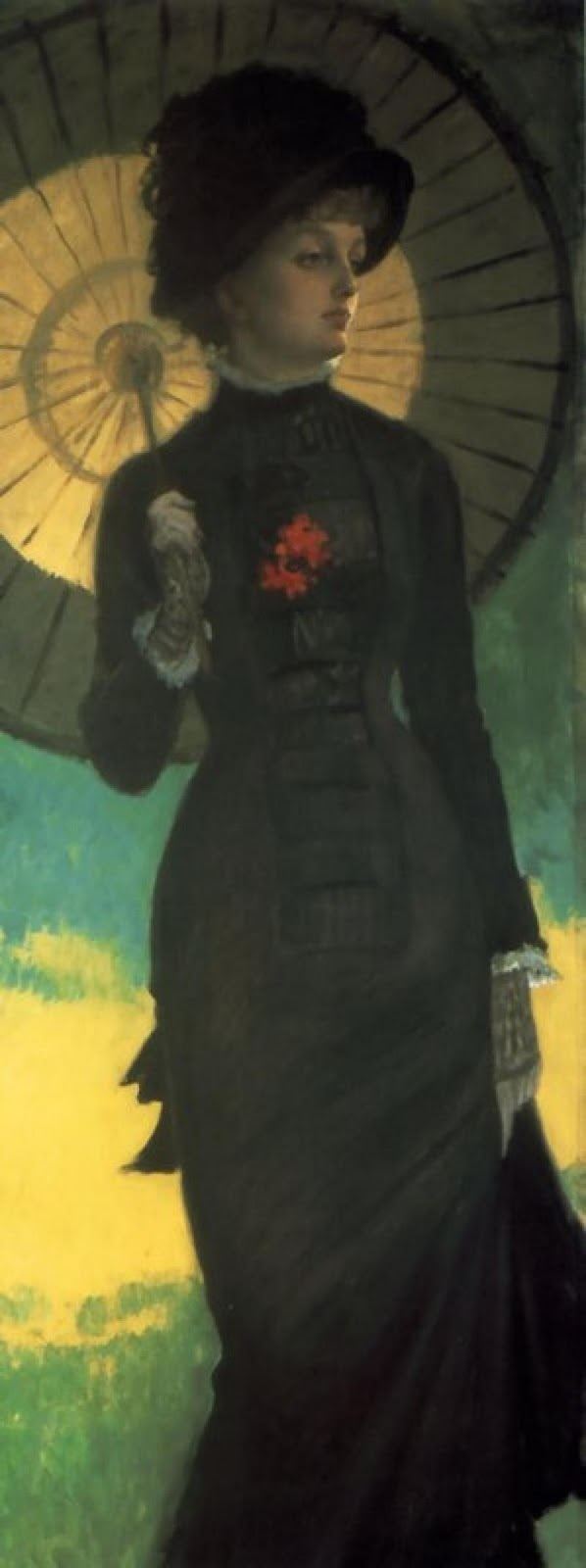Name Kathleen Newton | ||
 | ||
Died November 9, 1882, London, United Kingdom Similar People Thomas Foster, Shah Jahan, Abdul Karim, Partap Sharma, P N Oak | ||
Kathleen "Kate" Newton (née Kelly; 1854–1882) was the Irish muse and mistress of French artist James Jacques Tissot.
Contents

Early life

Kathleen Irene Ashburnham "Kate" Kelly was descended from an Irish Catholic medical family and raised in Agra and Lahore in India.

Her father, Charles Frederick Ashburnham Kelly, an Irish army officer, was employed by the East India Company in Lahore; her mother, Flora Boyd, was from Ireland. Kate had two siblings: Frederick W.D. and Mary Pauline.

Around the time of the Sepoy Rising of 1858, Kate's father was transferred to Agra, a city famous for the Taj Mahal, where he rose to the rank of chief adjutant and accountant officer. He retired to London in the 1860s.

Kelly made a match for his sixteen-year-old daughter Kate with Isaac Newton, a surgeon with the Indian Civil Service. On the outward voyage to be married, Captain Palliser became obsessed with her beauty but did not succeed in his seduction. After the marriage in January 1870 and before consummation, Kate, reportedly upon the advice of a Catholic priest, explained to Isaac the situation regarding the captain.
Newton instituted divorce proceedings and sent her back to England. The captain paid for her passage, the deal being that in return she would become his mistress. She became pregnant but refused to marry Palliser. Her daughter, Muriel Violet Mary Newton, was born in Yorkshire on 20 December 1871 on the same day that her decree nisi came through. The decree absolute for her divorce was granted 20 July 1872. Kate and Violet went to live with Kate's married sister Polly's family at Hill Road, St John's Wood.
Life with Tissot
Following his involvement in the events of the Paris commune in 1871, French painter Jacques Tissot moved to London, changed his name to James and settled in St John's Wood. In March 1876 she gave birth to her son, Cecil George Newton Ashburnham. Tissot is believed to have been the child's father. Kate and her children moved into his home at #17 Grove End Road (now renumbered #44). That same year she appeared for the first time in his painting A Passing Storm, and an etching, titled Ramsgate.
After 1876 Tissot's paintings tended to reflect domestic scenes rather than society life. Kate was 23 when, in 1877, she posed for the painting "Mavourneen", a term of endearment derived from the Irish Gaelic "mo mhuirnín" ("my dear one"), possibly a reference to "Kathleen Mavourneen", a popular song, or the play (based upon the song), which was first staged in London in 1876.
She was called "ravissante Irlandaise" ("delightful Irish"), and Tissot was fascinated by the conflict of her Irish Catholic background, divorce and status of unmarried mother of two children. Tissot described their life as "domestic bliss", but Kate contracted tuberculosis. As her health declined, Tissot's art subtly changed again, reflecting themes of illness or departure. She was unable to watch his grief and overdosed on laudanum, dying in November 1882. Tissot sat by her coffin for four days. She was buried in plot 2903A (register no 043971) in St Mary's Cemetery, Kensal Green.
